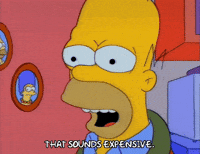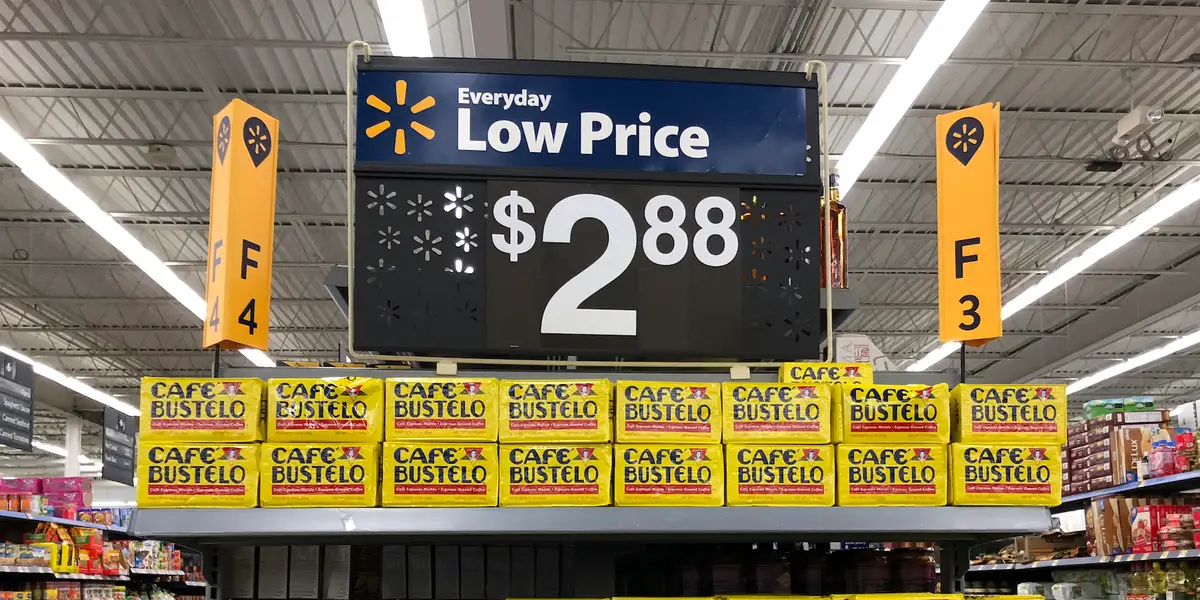Have you ever wondered why so many products are priced at RM49.90, RM99.90, or RM9.99? but rarely at round numbers like RM50 or RM100? This is not random. It’s a marketing strategy known as odd-even pricing, which falls under the bigger concept of psychological pricing.
So, what’s the trick behind this small difference? Let’s break it down.

1. Odd Pricing – Making It Feel Cheaper
When a product is priced at RM49.90, your brain doesn’t fully round it up to RM50. Instead, it registers it as “forty-something.” This is called the left-digit effect, and it makes the product feel cheaper—even though the difference is only 10 cents.

2. Even Pricing – Signaling Premium or Luxury
On the other hand, round numbers like RM50.00 or RM100.00 are often used for premium items or luxury branding. It creates a sense of exclusivity and simplicity. That’s why you’ll see even pricing in high-end fashion or luxury services, where perception of prestige matters more than a bargain.

3. Creating a Sense of Value
Odd pricing like RM49.90 or RM99.99 makes customers feel like they’re getting a better deal. Meanwhile, even pricing gives the impression of a clean, straightforward offer—no tricks. Both are strategies, just used for different purposes.
4. Consumer Expectation
Today, shoppers are so used to odd pricing that it feels “normal.” When they see .90 or .99, they automatically assume it’s a competitive price. Even pricing, however, can make a product stand out as something more exclusive or special.
Final Thought:
That “.90” or “.99” at the end of a price is no accident. It’s part of the odd-even pricing strategy, designed to shape how customers feel about value and influence their buying decision.
So the next time you see RM49.90, you’ll know: it’s not about the 10 cents—it’s about psychology.


